The integration of medical and technology has developed into a new phase, the integration of the Internet and smart healthcare.
In the era of Internet medical treatment, the hospital laid the foundation for digitization, but it did not achieve the close integration of AI and medical care. Today, cloud computing, big data, and artificial intelligence are no longer new. Internet medical care is also driven by multiple technologies and has entered the second half. In this context, the opening and integration of Internet + smart healthcare has become the theme of this year's Zhejiang International Health Industry Summit Forum.
At the meeting, Ali Health, Huawei, Lilac Garden, and micro-medicine gathered together to give their own views on the topic of “Health Medical Big Data Empowerment Medical Reformâ€.
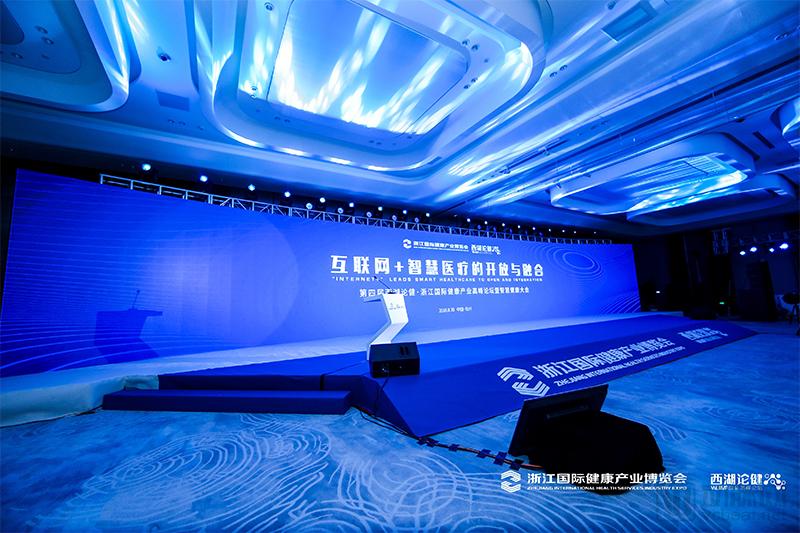
Seeing the development and extension of medical informationization from the layout of Ali's health
With the advancement of smart medical care, the channels for generating health data have undergone tremendous changes. We no longer rely solely on data generated by hospitals, and the emergence of wearable devices and a large number of third-party organizations has made the data generation more diversified. In order to collect and bring together these broad data, every company is moving towards the era of all things connected.
Connecting everything to the Internet will also bring some serious problems. It is expected that in 2020, the amount of data for medical big data will double every 73 days. To harness such a large amount of data, relying on traditional data analysis methods is difficult to achieve results, perhaps we need AI to help me simplify the process.
At the meeting, in response to the above questions, Fan Wei, director of the Ali Health Artificial Intelligence Laboratory, gave a speech on “Artificial Intelligence under Healthy Big Dataâ€.
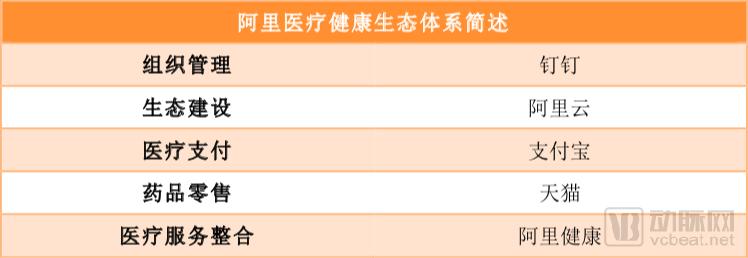
Fan Wei believes: "To avoid losing ourselves in the vast amount of data in the future, we must have mature screening capabilities as early as possible. In the past, doctors have a lot of image annotation work, which laid a good foundation for us."
“We can't develop AI for medical data alone, but we should focus on the practical problems of medical care. There are three most difficult problems in the medical field: one is the scarcity of quality doctor resources; the other is the uneven distribution of quality medical resources; China's population is aging. For these three issues, AI can provide some help, and the government, enterprises, and hospitals should also contribute to it."
From a policy perspective, the construction of big data and AI, the government mainly introduces a series of documents to support and lead the development of technology in an indirect way, while enterprises and hospitals solve the above problems in a direct way.
For medical companies, what must be considered is what is the motivation for participating in AI research and development, what is the essence, and what is the future. AI empowers the medical industry , which actually enhances the supply-side capabilities of the medical industry, and delivers capabilities to more people through the Internet, forming a business model and business closure.
Nowadays, medical informationization is no longer just the informationization of hospitals, and it will become an inseparable part of informationization outside the hospital. The future world will be the world of "Internet + AI + artificial intelligence".
Huawei will build a nationwide health platform
As a domestic first-class technology company, Huawei has already laid out its layout in the medical field. The original intention of Huawei to build a universal health platform is simple: "It is not difficult for everyone to see a doctor, it is not expensive to see a doctor, and it is safe to see a doctor."
In the informatization construction of the top hospitals, Huawei and Huaxi Hospital jointly built a big data integration and application platform, and worked with customers to plan and design the top-level design and implementation of the digital hospital in the new hospital of West China Second Hospital; and cooperate with Tongren Hospital to build an efficient and secure security. Safeguard system; use the advanced double-active solution to ensure the stable and reliable operation of hospitals such as Peking Union Medical College Hospital, Xiangya Hospital of Central South University, Jiangsu Provincial People's Hospital, etc.; help the People's Liberation Army General Hospital, Nanjing Drum Tower, etc. with micro-module solutions The hospital has built a highly integrated and easy to maintain data center.
Facing the three major problems in the medical field, Huawei advocates solving through the Internet's thinking mode. Its platform is mainly in the direction of resource allocation and health management. Zhang Dayong, chief architect of Huawei's medical industry solutions, said: "Huawei's universal health platform will be an ecological platform."
The ecological design of “platform + ecology†requires three aspects: first, infrastructure, second, data level, and third, application level. Huawei's extensive Internet service line can ensure sufficient C-side information sources; the self-developed cloud platform is sufficient to provide enterprises with high-quality database services and application building services. The mature "ecology + platform" can realize the incubation ability and automation ability of resources.
"In the process of opening the platform, the first problem we encountered was the problem of development method. Under the traditional mode, a software development cycle on the line is as low as half a month, and half a year long, which is very cumbersome. Secondly, the online development requires configuration development. The environment, plus various tests, takes many days. Finally, there is a resilience problem. If the resources are configured according to the peak value, it will cause a lot of waste; but if the peak value is not used, the response speed of the system may be 20 minutes to half an hour."
Therefore, Huawei is trying to "agile development", shortening the development cycle with monthly counts to weekly counts. In terms of system configuration, Huawei tried to use the big data to analyze the system's demand fluctuations and allocate resources in an elastic manner.
The second problem is the data problem. There are many services for the National Health Platform, and different functions have different requirements for the database. Some projects have more than one database, and may need both a transactional database and an analytical database. This is for the database. Management poses a huge challenge.
In this regard, Zhang Dayong proposed to solve the problem data with thorough virtualization: "In terms of infrastructure, there are already many virtualization management tools and mechanisms, but this is not enough. We need not only virtual storage, but also virtual Network, use the cloud platform to solve these problems."
How does the micro-medicine block the blockchain?
Similar to Huawei, the micro-medicine has also created an open platform such as Micro Medical Cloud, and built an Internet hospital on the platform to achieve cloudization of medical treatment, achieving lower investment and better results.
The micro medical cloud platform can help build a medical collaboration remote collaboration platform and build a graded diagnosis and treatment network. The subordinate's prescription sharing platform is centered on the hospital and realizes the synergy of medicine, prescription, medicine and insurance. At present, there are more than 100 Internet medical associations based on the micro medical cloud platform, and a total of 19,000 retail pharmacies have access to the prescription sharing platform.
In order to strengthen the interconnection of the platform, the micro-medicine also joined the exploration team of blockchain technology and launched the “micro-medical chain†blockchain system. The blockchain can be used to trace the characteristics that cannot be tampered with to build a trust foundation for data interconnection.
At this meeting, Hu Hongxia, senior vice president and chief technology officer of Micro Medical Group, delivered a speech on the theme of “Combination of medical big data and blockchainâ€. He said: “Connecting and cloudization broke the wall of the hospital and gradually Data collaboration, human collaboration and resource synergy have been achieved, which has brought breakthroughs in the entire medical industry." Hu Hongxia said that for many years of precipitation, Micro Medical Cloud has built a multi-dimensional intelligent computing system based on big data and continuous optimization. Medical service system. Next, the micro-medicine will continue to open big data, cloud computing, artificial intelligence and other capabilities for the entire industry, providing infrastructure and computing engines for the healthcare industry.
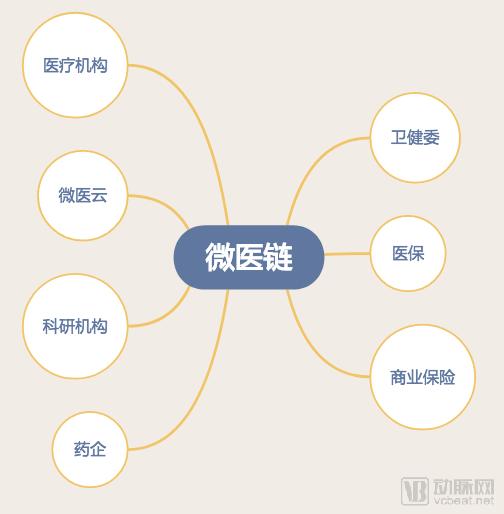
Specifically, the micro-medical chain is a coalition chain linking medical upstream and downstream components, and its nodes include micro-medicine clouds, medical institutions, health care committees, medical insurance, commercial insurance, pharmaceutical companies, and scientific research institutions. Micro-medical cloud leads data on the chain; medical institutions provide electronic medical records, test results, medical orders, electronic prescriptions; health care committees conduct compliance supervision on the chain; medical insurance, commercial insurance systems automatically settle claims through intelligent contracts; Drug traceability can be achieved on the chain.
In addition to the blockchain, the micro-medical chain introduces the DOA technology of Robert Kahn, the "father of the Internet." Digital Object Architecture (DOA) technology, with global unique identification, information analysis, information management and security control services, is the key infrastructure of the data resource management system.
Now the micro-medical chain has been piloted in the Heilongjiang Provincial Population Health Information Platform, providing traceability to the management department to prevent data misuse.
Clove Garden uses practice to answer how data drives business development
The mission of Lilac Garden has three words: “Connecting industry partners, building a data-driven service platform, and providing reliable medical and health services.†These three sentences lead the lilac garden to this day.
18 years ago, Lilac Garden was a doctor forum. Today, clove gardens cover more than 70% of doctors across China. Lilac Garden hopes to provide doctors with the best knowledge and the best tools to help them with their treatment. But for companies, it is not enough to serve doctors only. The clove garden must cover all aspects. To this end, the vision of the Lilac Garden added five words and put the five words in the first place - to make more health. This means that the clove garden began the exploration of the patient side, and this way of exploration is based on big data.
The way in which clove gardens obtain high-quality doctor-patient data comes from the services of doctors, businesses, and patients. The communication, sharing and interaction in the Lilac Garden Forum left a lot of doctor behavior data. On the basis of doctors, Lilac Park began to provide enterprise-side services for pharmaceutical companies, public and private hospitals. Among them, academic promotion, talent recruitment and other services have accumulated a large amount of B-end data for the clove garden. In comparison, the service time of the C-side of the clove garden is relatively short, but since 2015, the clove garden has already achieved the first place in the WeChat science end, and temporarily ranked first in the vibrato.
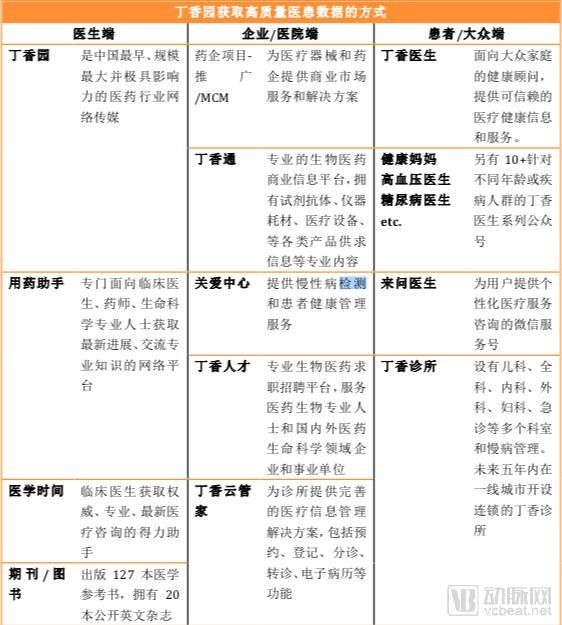
Li Tiantian, founder of Lilac Garden, said at the meeting: "What can data do? Simply say three words - make decisions. Data plays a lot of roles, measurement, selection, optimization, and these jobs help our business improve products and evaluate results. How to choose which channels, how to screen doctors, and how to accurately target customers. With such data decisions, we can some degree of uncertainty become certain. The service without data is traditional service, very Inefficient. Without service data, it lacks commercial value."
To illustrate the way data drives companies, Li Tiantian shared five cases:
1. How do companies capture real doctor information?
When we ask doctors what kind of content they like to read, the doctor will answer the four medical journals. Is this really the case? Li Tiantian said: "Many doctors share various journals and industry guides in the circle of friends, but they collect the contents of 'reasonable use of antibiotics' and 'basic operation of surgery'. From the case, the survey data of the questionnaires It may be inaccurate, and what doctors really like is close to the clinic, which helps him improve his clinical practice."
Lilac Garden analyzes the collected data through the use of software by doctors, which can help pharmaceutical companies select target groups for online academic promotion. This promotion will be placed on the channels that the doctor likes and the channels they like.
2, public data
In three years, the clove garden rushed to the front line of medical science and education, following the trend. In the more than 2,000 original public accounts of WeChat, Lilac Garden ranked 29th in 2017.
In this way, Lilac Garden can capture the public's reading behavior, gain consumer cognition, and try to turn cognition into purchasing behavior, and further promote market analysis research.
3. Public service
Many platforms have online question and answer functions, but most doctors in China do not have the ability to answer questions online. Li Tiantian said: "Many people think that doctors usually don't look at patients. Can you see a doctor on the Internet? I don't want to talk about drugs or services. Chinese doctors are not service-conscious. Once they have questions about payment, doctors I will answer: 'Your situation is very complicated. I am going to the clinic on the early Thursday, you come." In this case, the patient did not get any help online."
“We modeled the doctor's behavior data in the Lilac Garden and selected the good doctors in the Lilac Garden to train good doctors who can provide Internet services, so as to promote the development of the industry.â€
4. Clinic operations
The housekeeping management system of the clove garden covers thousands of clinics and can really see which are the real value clinics and which are the “shahuang clinicsâ€. "
Value-based clinics follow evidence-based medical evidence, represented by the diagnostic gold system, paying attention to the patient experience, and not relying on selling drugs to hang water for profit. The 'Sha Huang Clinic' (the clinic is in the middle, the Shaxian snacks on the left and the Huangqi chicken rice on the right), many of which rely on selling drugs, hanging water, and even some non-toothed behavior to maintain the clinic. â€
With the influx of private capital and the liberalization of doctors' practice, there will be more and more value clinics, such as lilac clinics, and more and more quality clinics.
5, diabetes services
Whenever traditional Chinese festivals approach, the patient's blood sugar will fluctuate drastically. During the three festivals, the blood sugar fluctuations of diabetic patients are particularly severe.
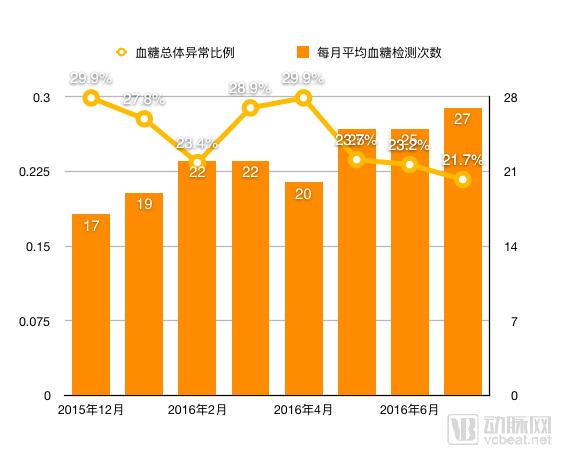
It can be seen from the tabular data that the overall number of blood glucose tests is on the rise, and the overall abnormal proportion of blood glucose is fluctuating. The clove garden will use this data analysis to develop personalized interventions for patients to remind patients to pay attention to blood sugar and control diet.
Overall, the experience of Lilac Garden is data + service two-wheel drive. Whether it is the user's behavior data, business operation data, content data, question and answer data, research data, as long as the high-quality data that the lilac garden can collect, through analysis, can help enterprises to provide more accurate services and help enterprises find suitable Customer crowd to help products get better operations. High-quality data can bring high-quality services, and high-quality services can produce more high-quality data. The two are mutually reinforcing and mutually supportive.
Openness and sharing are the main theme of the future
Although the theme of this conference is “Health Medical Big Data Empowerment Medical Reformâ€, from the perspective of the development of various enterprises, the promotion of this kind of change cannot be separated from the promotion of artificial intelligence. As Fan Li, director of the Ali Health Artificial Intelligence Laboratory, said that the future belongs to “Medical + AI + Big Dataâ€.
Under the new trend, the problem of data islands in the medical field will gradually collapse, and the problem of resource allocation will gradually ease. In today's era, companies need to re-examine the medical industry with a fusion of open and open minds. The foundation is strong enough, but we still have a long way to go.
Colorful Mottled Waxy Corn is generally white, yellow, red, purple and black, with white, yellow and Black Waxy Corn being the basic colours. The purple gene of a purple-white cross naturally becomes purple if it "beats" the white gene, and vice versa, so if the two make a tie, we see white and purple corn. Purple can turn into red and Fresh Black Corn, or as we often say, "red is purple and black is purple". Of these Mottled Waxy Corn, the most common Yellow Waxy Corn is the most nutritious, as it is rich in carotenoids.



Purple Waxy Corn,Single Packed Waxy Corn,Single Packed Black Waxy Corn,Single Packed Purple Waxy Corn
Jilin Province Argricultural Sister-in-law Food Co., Ltd. , https://www.nongsaocorns.com